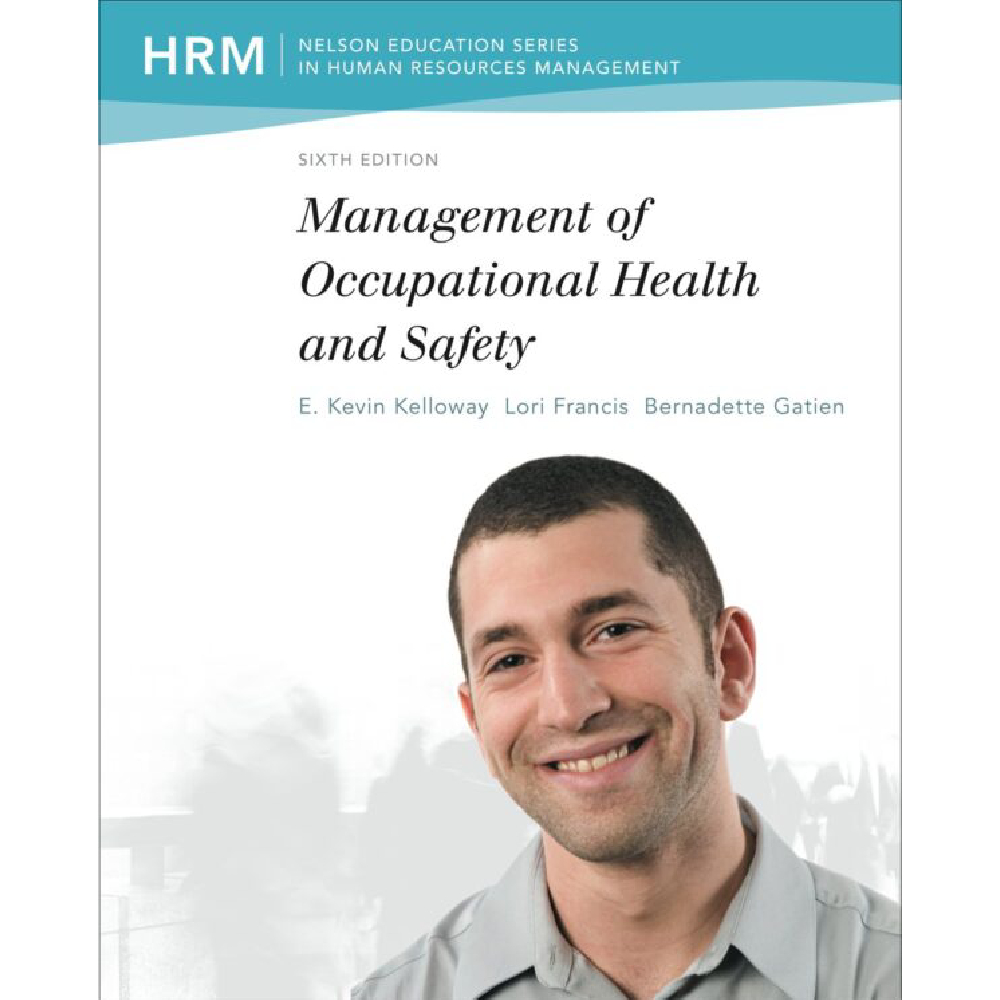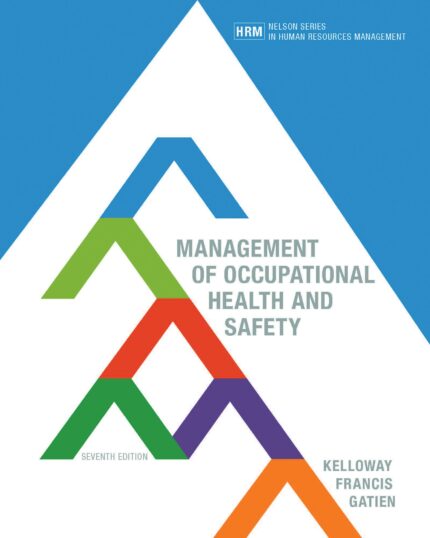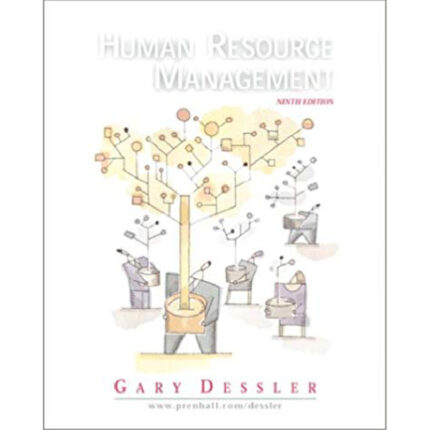Management of Occupational Health and Safety 6th Edition by Lori Francis Bernadette – Test Bank
Chapter 11—Emergency Planning
MULTIPLE CHOICE
1. According to a recent study, how many stages comprise a crisis management process?
a! 3
b! 4
c! 5
d! 6
ANS: c
PTS: 1
REF: p. 283
BLM: Remember
2. What internal group should be involved in developing an emergency plan?
a. the union
b. the JHSC
c. the first aid team
d. the senior management team
ANS: b
PTS: 1
REF: p. 286
BLM: Remember
3. Who the most likely person to replace the designated Emergency Manager if they are killed or
become incapacitated as a result of an emergency?
a. the local fire chief
b. the HR manager
c. an OH&S specialist
d. another senior shift supervisor
ANS: d
PTS: 1
REF: p.289
BLM: Higher order
4. Hazard evaluation belongs in what stage of the crisis management process?
a. learning
b. preparation
c. signal detection
d. damage containment
ANS: c
PTS: 1
REF: p. 283 & 286
BLM: Higher order
5. Besides enabling an orderly return to work, what is the second major focus of postcontact
11-2 COPYRIGHT © 2013 by Nelson Education Ltd.
emergency activities?
a. managing employees’ stress levels
b. communicating with customers
c. getting medical aid for injured workers
d. restoring computer networks
ANS: a
PTS: 1
REF: p. 285 & 296
BLM: Remember
6. What element appears in the fire tetrahedron model but does not appear in the fire triangle model?
a. carbon dioxide
b. suppression
c. combustion
d. chemical reaction
ANS: d
PTS: 1
REF: p. 291
BLM: Higher order
7. According to the textbook, what is typically the longest stage of a fire?
a. the incipient stage
b. the smouldering stage
c. the free-burning stage
d. the uncontrolled fire stage
ANS: a
PTS: 1
REF: p. 290–292
BLM: Higher order
8. What plan or program is the organization developing if they are focused on structural design,
barriers, detection, and materials storage?
a. an emergency plan
b. a pandemic plan
c. an evacuation plan
d. a fire prevention program
ANS: d
PTS: 1
REF: p. 292
BLM: Higher order
9. When should you walk away from a chemical spill?
a. when the chemical is toxic
b. when the spill is small in size
c. when you have not had specific training
d. when medical aid has already been called
Test Bank to accompany Management of Occupational Health and Safety, 6e 11-3
ANS: c
PTS: 1
REF: p. 293
BLM: Higher order
10. How many other stages in the rescue plan should you complete before you attempt to remove
debris from the emergency site?
a! 1
b! 2
c! 3
d! 4
ANS: c
PTS: 1
REF: p. 293
BLM: Higher order













Reviews
There are no reviews yet.